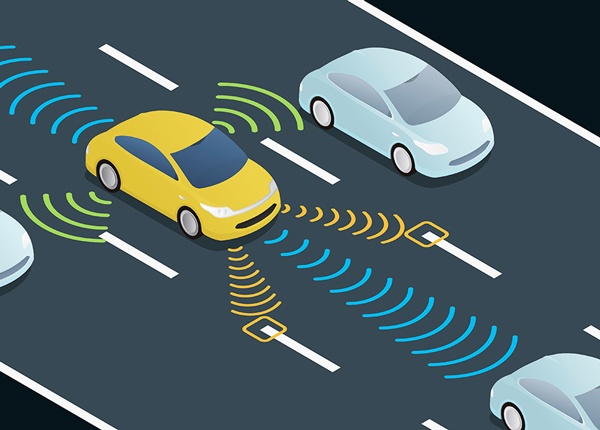
Mental Skills for Driving: The “Vision, Memory and Understanding” Trinity
Updated Dec. 15, 2020Our eyes and brain can receive and process massive amounts of visual information in just a fraction of a second. Remarkably, it takes approximately 1/350th of a second for the eye to see the color, size, shape and brightness of an object, then send that information to the brain to be sorted. Your brain will then compare this information with details already stored in your memory to make sense of the image. Based on pre-existing knowledge and experience, you will derive meaning from what you have seen. This entire process is repeated over and over, continually, for every moment that your eyes are open.
The “vision, memory and understanding” trinity allows you to assess and make decisions based on all the information your eyes receive while you’re driving. If you do not receive accurate visual information due to vision impairment or do not have relevant memory information stored in your brain to help you make sense of what you have seen, you may not respond to roadway hazards appropriately.
By looking after your eyesight and learning as much as you can about road rules, driving techniques and driving risks, you are better preparing yourself to recognize and avoid dangerous situations.
The pros and cons of experience
In general, your ability to recognize and appropriately respond to hazards will improve with experience. The longer you have been a driver, the more relevant driving information will be stored in your memory. This will help your brain to make sense of visual information quickly while picking out the most important details from the images of the roadway it receives. In this respect, driving experience is definitely a plus-point.
However, gaining lots of experience with similar situations can have a detrimental effect on your ability to respond to risk appropriately. If a situation you have encountered many times while driving does not usually result in a collision, crash or some other negative outcome, you will expect that always to be the case. This is how drivers can lose objectivity and ultimately endanger themselves by making poor driving decisions. For instance, you may be inclined to drive faster on a particular stretch of road if you have driven on it many times and never encountered other traffic. The odds are that you will eventually encounter another vehicle. What would happen if you rounded a bend in the road and came face-to-face with that vehicle while driving too fast?
To protect yourself from danger in all driving situations, remember that your previous experience does not have as much bearing on the current situation as you believe it does. Remain attentive to the roadway environment and make decisions objectively.
Hand-eye coordination
Good hand-eye coordination is an essential skill for drivers. Having received and assessed visual information, you will then need to act on that information by operating the in-car controls with your hands and feet – without taking your eyes off the roadway. To drive safely, you will need to control your vehicle as automatically as you can catch a ball, tie your shoelaces or touch the end of your nose.
You can help yourself to stay coordinated behind the wheel by focusing your gaze in the direction you intend to go. Try to avoid looking at the roadside or at objects inside your car for too long, as you may unknowingly drift out of your lane or otherwise alter position in an unsafe manner.




